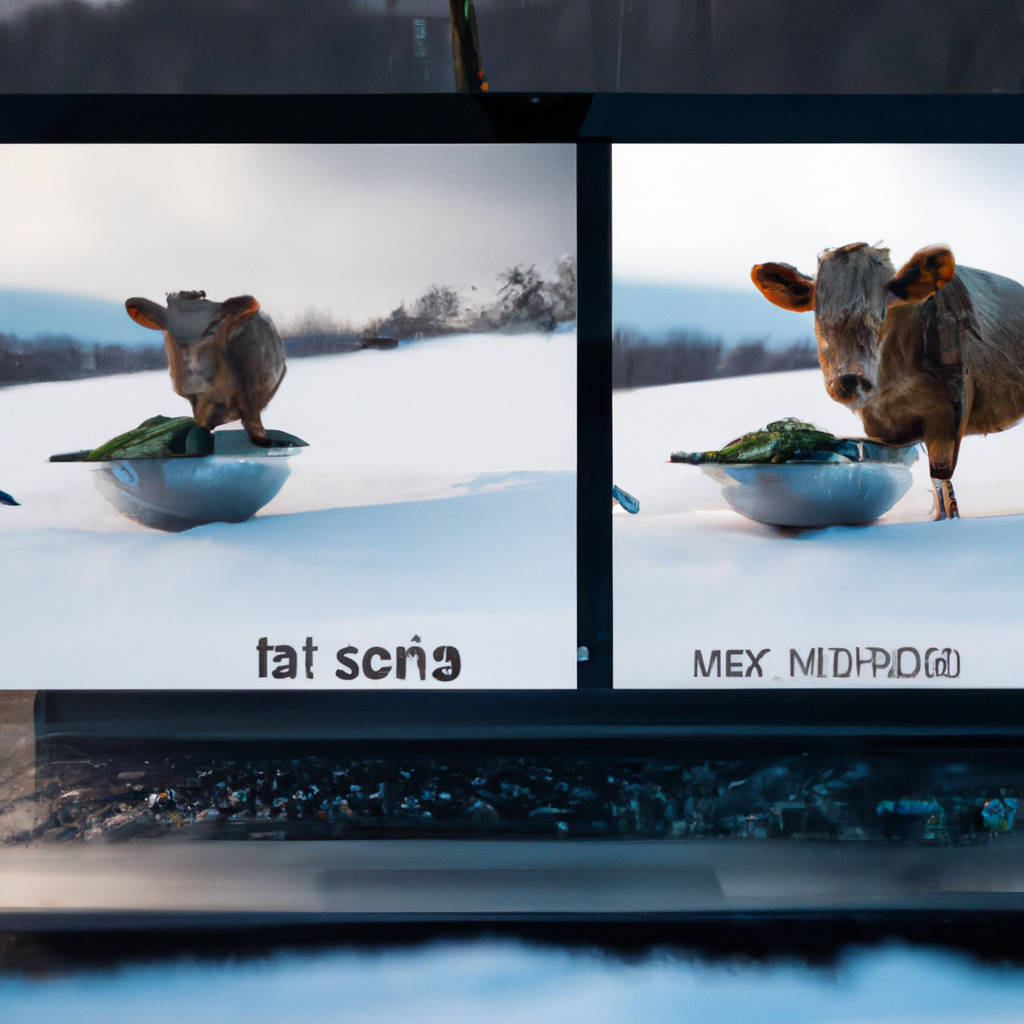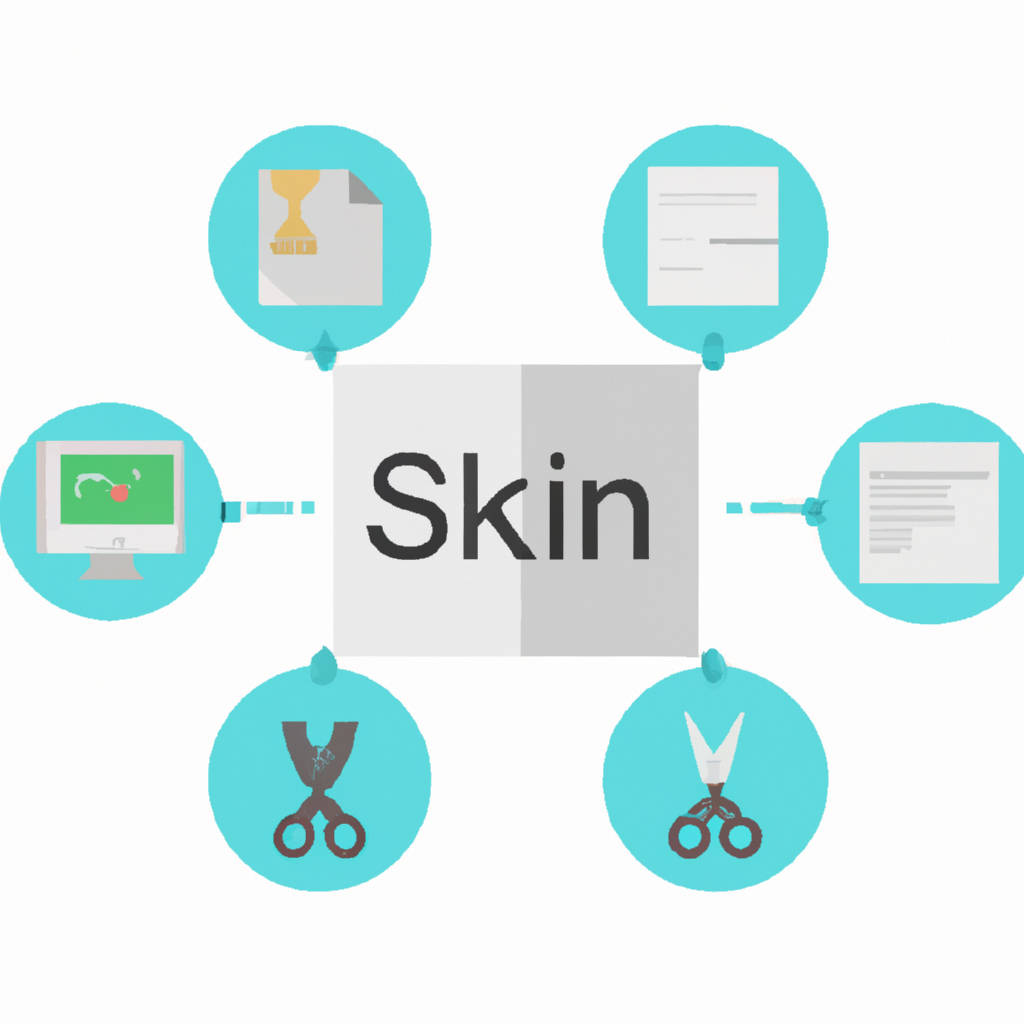Sharp.js is a high-performance, feature-rich library used for image processing in Node.js. It is built on top of the libvips library, which gives it a competitive edge over other similar libraries due to its speed and low memory usage. With Sharp.js, developers can manipulate images in various ways, including resizing, cropping, rotating, and adjusting the quality, to name a few.
Optimization of image manipulation with Sharp.js entails using its features to transform images efficiently without compromising the quality. For example, resizing images with Sharp.js is fast and consumes less memory due to the use of libvips. It also allows for chainable operations, which means you can perform multiple transformations on an image in one go, thus reducing the number of processes and improving performance.
Sharp.js supports a wide range of image formats, including JPEG, PNG, WebP, TIFF, and even raw pixel data, making it a versatile tool for any image processing task. Moreover, it provides the ability to convert images from one format to another, offering flexibility in handling different image types.
Sharp.js also offers advanced features like color manipulation, alpha transparency, overlay, and extraction of metadata, which provide more control over image processing tasks. These features can be used to enhance the visual appeal of images and make them suitable for different applications.
The use of streams in Sharp.js is another aspect that contributes to its optimized performance. It allows for the efficient handling of large volumes of data by processing it in chunks, reducing memory usage and enhancing speed. This feature makes Sharp.js ideal for applications that require processing of large images or a large number of images.
In conclusion, optimizing image manipulation with Sharp.js involves leveraging its fast, chainable operations, wide format support, advanced features, and efficient handling of streams. By doing so, developers can achieve high-performance image processing in Node.js applications, while maintaining the quality and visual appeal of the images.

Understanding Sharp.js
Sharp.js is a high-performance, comprehensive library used for image processing in Node.js. This JavaScript module enables developers to convert large images in common formats to smaller, web-friendly JPEG, PNG, and WebP images of varying dimensions. One of the main advantages of Sharp.js is its impressive speed, as it can convert images up to 300% faster than ImageMagick, a popular software suite to create, edit, and compose bitmap images.
Sharp.js is built on the libvips library, which is a demand-driven, horizontally threaded image processing library. Unlike many other libraries, libvips doesn’t need to load the entire image into memory, making it particularly good for large images and a strong choice for real-time image manipulation.
Understanding Sharp.js is critical for developers working with images, as it offers control over image quality, format, size, and other critical aspects. Its API is rich and flexible, allowing for complex image manipulation tasks, such as resizing, cropping, rotating, and extracting metadata. It also supports colour manipulation, overlaying text on images, and applying effects, such as blurring, sharpening, and greyscaling.
Sharp.js aims to bridge the gap between the powerful features of libvips and the convenience and familiarity of JavaScript. Therefore, it is not just a wrapper around libv goodips, but an effort to bring the powerful features of the library to JavaScript in a way that makes them accessible and easy to use.
In conclusion, Sharp.js is an invaluable tool for any developer working with images in Node.js. Its speed, efficiency, and flexibility make it a standout choice for image processing tasks. Whether you need to resize images on the fly, extract metadata, or apply complex effects, Sharp.js offers a powerful, efficient, and convenient solution.
Integrating Sharp.js with Project File Stores
Integrating Sharp.js with project file stores significantly enhances the performance and functionality of image processing tasks in various web development projects. Sharp.js is a high-performance, comprehensive Node.js module that converts large images in common formats to smaller, web-friendly JPEG, PNG, and WebP images of varying dimensions. When integrated with project file stores, it can easily access, read, transform, and write back image files, thereby streamlining the process of image optimization and manipulation. For instance, it can resize multiple images concurrently, offering a robust solution for projects that require handling a large number of images. Besides, it also allows for advanced image adjustments such as color manipulation, overlaying, rotation, and outputting to different formats. The integration of Sharp.js with project file stores enables developers to perform these tasks in a faster, more efficient manner, resulting in improved application performance and better user experience. Moreover, this integration can be achieved with minimal coding, offering a simplified approach to managing complex image processing tasks. Therefore, it is a valuable tool in the modern web development toolkit that brings about enhanced capabilities, improved productivity, and greater flexibility in dealing with image-related challenges in project file stores.

Resizing Images Efficiently with Sharp.js
Sharp.js is a high-performance, lightweight, and versatile library for resizing images in Node.js. It is built on the Vips library, renowned for its efficiency and speed in image manipulation. With Sharp.js, resizing images becomes a breeze as it simultaneously offers a significant reduction in processing time and memory usage compared to other image processing libraries. This tool supports a wide array of image formats including JPEG, PNG, WebP, TIFF, GIF, and SVG.
The ability of Sharp.js to resize images is not just about changing dimensions, it also provides options for cropping, rotating, and flipping images. Additionally, it allows users to adjust the quality, color, and brightness of an image. It also gives the flexibility to control the aspect ratio during resizing, which means the images will not stretch or compress unnaturally.
One key advantage of Sharp.js is its ability to handle large images. As it does not buffer the entire image in memory, it can manage large images without eating up server resources. This makes it a great choice for applications that need to process high-resolution images regularly.
Sharp.js also supports streaming, allowing transformations to be applied to streaming data. This feature is critical for real-time applications where images need to be processed and served instantly.
Lastly, Sharp.js is straightforward to implement. Its API is promise-based, making it easy to use with async/await syntax in Node.js. This enhances the readability of the code, making it easier to maintain and debug.
In conclusion, Sharp.js is an efficient and effective tool for image resizing in Node.js. Its speed, versatility, and ability to handle large images make it a valuable tool for developers working with image-heavy applications.